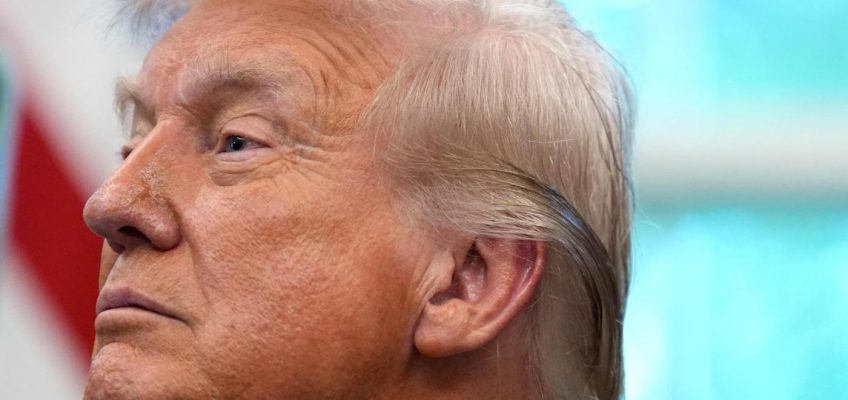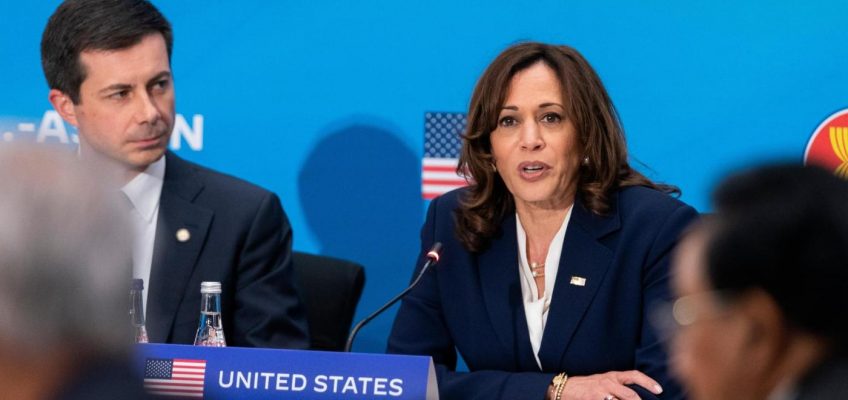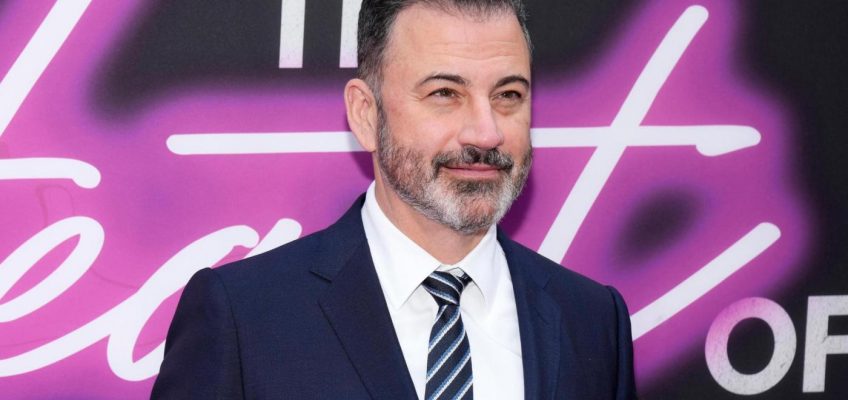By MARK SHERMAN, Associated Press
WASHINGTON (AP) — The Trump administration on Thursday asked the Supreme Court for an emergency order to remove Lisa Cook from the Federal Reserve’s board of governors.
Related Articles
Trump says he’ll designate antifa as a terrorist group but offers few details
Harris says Buttigieg was her ‘first choice’ for 2024 running mate but the pairing was too risky
Judge blocks Trump administration from immediately deporting Guatemalan migrant children
Federal Reserve shows unexpected unity, independence as it weathers Trump’s attacks
Trump and Starmer sign a tech deal before holding private talks on tariffs and war
The Republican administration turned to the high court after an appeals court refused to go along with ousting Cook, part of President Donald Trump’s effort to reshape the Fed’s seven-member governing board and strike a blow at its independence.
The White House campaign to unseat Cook marks an unprecedented bid to reshape the Fed board, which was designed to be largely independent from day-to-day politics. No president has fired a sitting Fed governor in the agency’s 112-year history.
Cook, who was appointed to the Fed’s board by President Joe Biden, a Democrat, has said she won’t leave her post and won’t be “bullied” by Trump. One of her lawyers, Abbe Lowell, has said she “will continue to carry out her sworn duties as a Senate-confirmed Board Governor.”
Separately, Senate Republicans on Monday confirmed Stephen Miran, Trump’s nominee to an open spot on the Fed’s board. Both Cook and Miran took part in Wednesday’s vote in which the Fed cut its key interest rate by a quarter-point.
Trump sought to fire Cook on Aug. 25, but a federal judge ruled last week that the removal probably was illegal and reinstated her to the Fed’s board. Trump has accused Cook of mortgage fraud because she appeared to claim two properties, in Michigan and Georgia, as “primary residences” in June and July 2021, before she joined the board. Such claims can lead to a lower mortgage rate and smaller down payment than if one of them was declared as a rental property or second home.
FILE – Federal Reserve Board of Governors member Lisa Cook, right, talks with Federal Reserve Chairman Jerome Powell before an open meeting of the Board of Governors at the Federal Reserve, June 25, 2025, in Washington. (AP Photo/Mark Schiefelbein, File)
“Put simply, the President may reasonably determine that interest rates paid by the American people should not be set by a Governor who appears to have lied about facts material to the interest rates she secured for herself — and refuses to explain the apparent misrepresentations,” Solicitor General D. John Sauer wrote in his Supreme Court filing.
But Cook has denied any wrongdoing and has not been charged with a crime. According to documents obtained by The Associated Press, Cook did specify that her Atlanta condo would be a “vacation home,” according to a loan estimate she obtained in May 2021. And in a form seeking a security clearance, she described it as a “2nd home.” Both documents appear to undercut the Trump administration’s claims of fraud.
U.S. District Judge Jia Cobb ruled that the administration had not satisfied a legal requirement that Fed governors can only be fired “for cause,” which she said was limited to misconduct while in office. Cook did not join the Fed’s board until 2022.
Cobb also held that Trump’s firing would have deprived Cook of her due process, or legal right, to contest the firing.
By a 2-1 vote, a panel of the federal appeals court in Washington rejected the administration’s request to let Cook’s firing proceed.
Trump’s lawyers have argued that even if the conduct occurred before her time as governor, her alleged action “indisputably calls into question Cook’s trustworthiness and whether she can be a responsible steward of the interest rates and economy.”
Trump has previously won orders from the court’s conservative majority to fire the presidentially appointed leaders of other independent federal agencies, including the National Labor Relations Board and the Federal Trade Commission, even as legal fights continue.
Those firings have been at will, with no cause given. The Supreme Court has distinguished the Federal Reserve from those other agencies, strongly suggesting that Trump can’t act against Fed governors without cause.
In its new filing to the Supreme Court, the administration is asking Chief Justice John Roberts for a temporary order that would effectively remove Cook from the board and a more lasting order from the whole court that would be in place while her legal case continues.
The President notified Cook of the charges against her and waited five days for her to respond before removing her. Having declined to bring any de-fense to the President’s attention or to dispute any material facts, Cook cannot com-plain about insufficient process.
The district court alternatively




